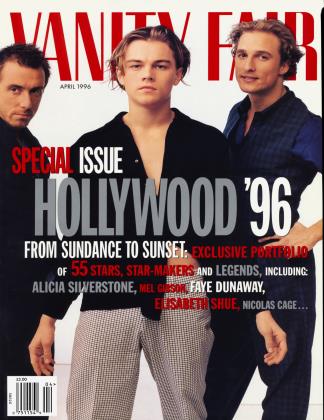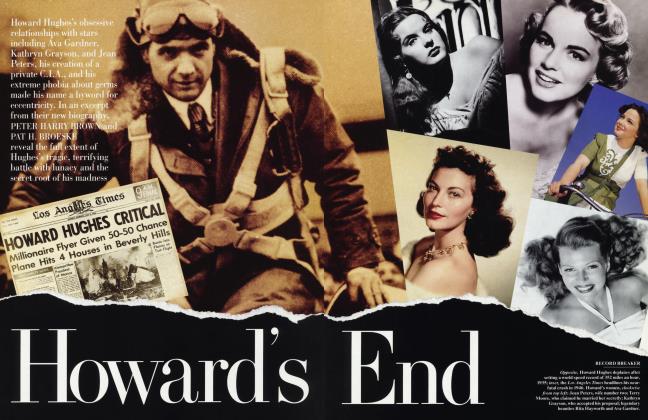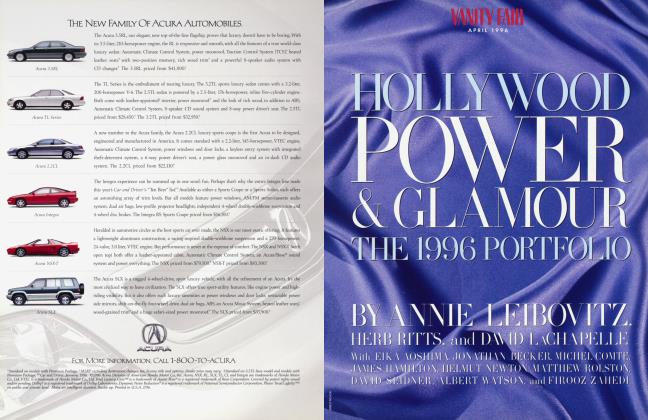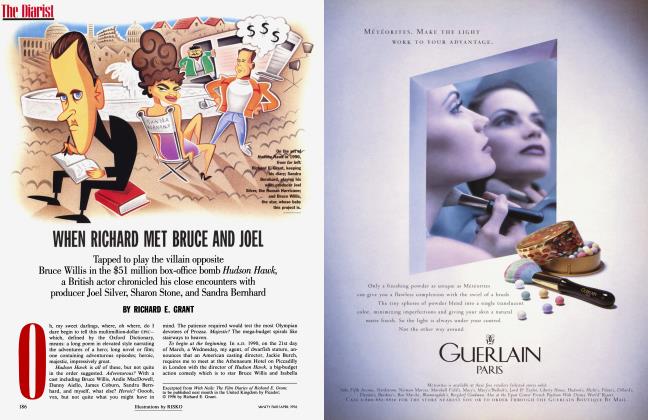Sign In to Your Account
Subscribers have complete access to the archive.
Sign In Not a Subscriber?Join NowLegendary producer Roger Corman churns out B movies and knockoffs by the dozens each year from his studio in Venice, launching an armada of Hollywood talents such as Jack Nicholson, Ron Howard, and Francis Ford Coppola
April 1996 Henry Alford Matthew RolstonLegendary producer Roger Corman churns out B movies and knockoffs by the dozens each year from his studio in Venice, launching an armada of Hollywood talents such as Jack Nicholson, Ron Howard, and Francis Ford Coppola
April 1996 Henry Alford Matthew Rolston View Full Issue
View Full Issue






Subscribers have complete access to the archive.
Sign In Not a Subscriber?Join Now